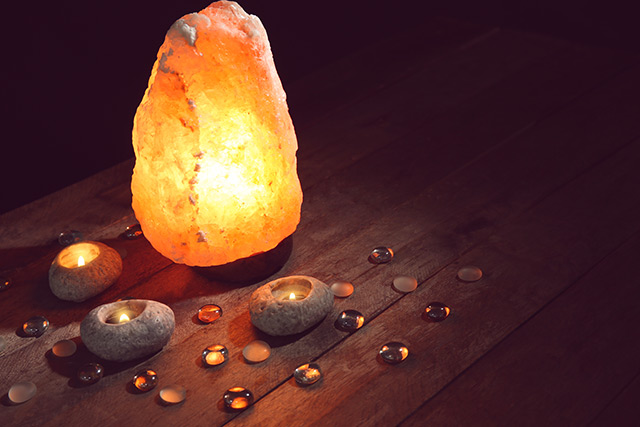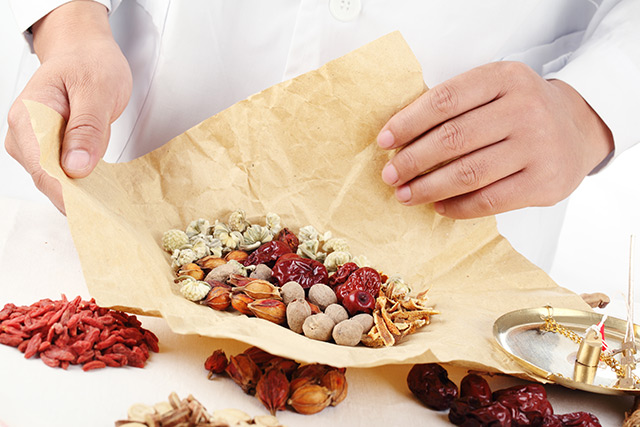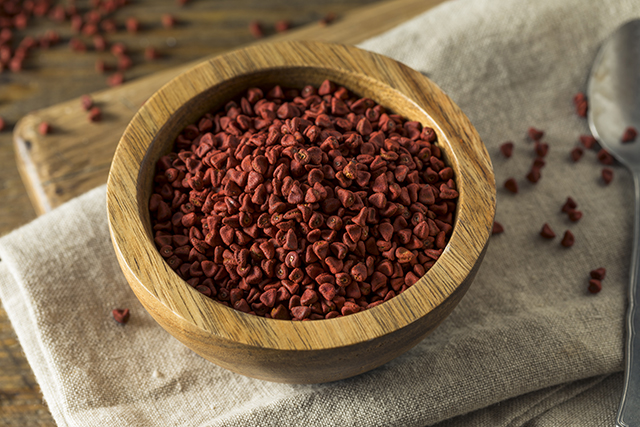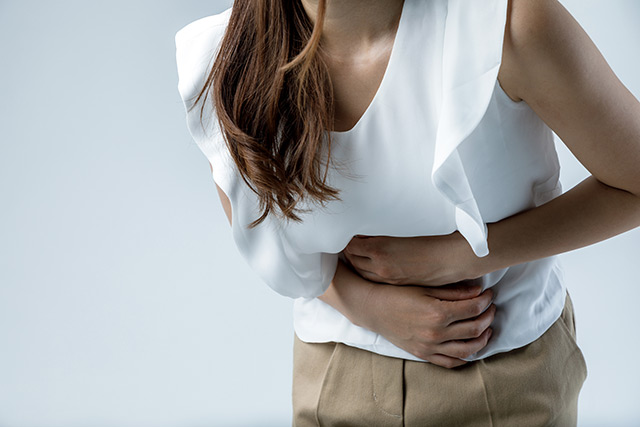Less is more, as we age: Fasting, calorie and fat restriction found to help preserve brain health
04/27/2018 / By Jessica Dolores

Many changes happen as we age. Our energy levels drop. We’d rather stay home and putter in the garden than go outdoors and chase the wind. Declining muscle mass requires less energetic movements. Fasting becomes more important, becomes more doable. Less is more.
A new study published in Frontiers in Molecular Neuroscience showed why. Researchers conducted a study on mice and found that a low-fat diet, along with limited consumption of calories prevented degenerative problems in the brain due to advanced age. They also discovered that mice fed a low-fat diet and given a reduced amount of calories didn’t develop inflammation in the brain, a condition associated with aging. They further reported that exercise was not as effective as reduced calorie intake in protecting mouse brains from the dangers of aging.
Now that low-fat diets have been linked to better mental health in aging populations, the next question is, what kinds of food are best for seniors?
Here’s a meal-to-meal guide for your beloved senior.
Breakfast
- Warm oatmeal and berries. Put frozen, dried, or fresh berries in a crockpot and cook at low heat. Add a pat of butter and oats with water. Cover. Cook on low heat for several hours (overnight is okay, too). The meal will have a bread pudding-like consistency.
- Hard-boiled egg. Adding a slice of fresh fruit and one slice of whole-wheat toast is great.
- Whole grain pancakes or waffles. Check the label and get something with flax for extra fiber. Then add fresh berries. Walnuts or almonds provide extra protein and good fat.
- Yogurt parfait. Combine yogurt, nuts and fruit to get healthy fat, vitamin C, and carbohydrates.
- Toast. Peanut butter or almond butter on whole-wheat toast is a great way to get healthy fat and protein. Fresh fruit on the side is just as great.
- Poached egg. Place egg on whole-wheat toast with steamed asparagus. Add a dab of butter on top.
Mother Nature's micronutrient secret: Organic Broccoli Sprout Capsules now available, delivering 280mg of high-density nutrition, including the extraordinary "sulforaphane" and "glucosinolate" nutrients found only in cruciferous healing foods. Every lot laboratory tested. See availability here.
Lunch
- Quinoa salad. Saute chopped, stir-fry onion, red pepper, and mushrooms. Add pine nuts or pecans and cooked quinoa. Combine with Italian salad dressing. Keep refrigerated. The United States Department of Agriculture (USDA) suggests steaming or sauteing veggies in olive oil instead of boiling, which depletes food of nutrients.
- Eggs and red potatoes. Melt a little butter in a skillet. Add chopped potatoes over medium heat. Cover for two minutes. Pour scrambled eggs on potatoes. Add pepper. Toss until eggs are hot. Season with herbs and spices instead of salt, which causes water retention and hypertension.
- Cottage fries. Slice parboiled red potatoes. Heat extra virgin olive oil in a skillet. Cook potatoes at medium heat. Add leftover veggies and grated cheddar cheese. Cover, steam, and enjoy.
- Southwest omelet. Beat two eggs. Add one tablespoon olive oil in a skillet. Pour egg mixture. Toss pepper jack cheese chunks and natural salsa or chili sauce. When eggs are firm, fold, and add sliced avocado.
- Salmon wrap. Put canned Alaskan boneless skinless salmon on whole grain wrap. Include chopped avocado, tomatoes, greens, and yogurt. Wrap tightly, slice in half and enjoy.
Dinner
- Baked or grilled Alaskan salmon. Add tomatoes, sweet onion, dried or fresh basil, chopped garlic, and one tablespoon of extra virgin olive oil on the steak. Wrap each fish tightly in aluminum foil. Cook on low heat. Thawed fish needs about 15 minutes to cook. Serve when fish is flaky and still moist.
- Lamb and potatoes. Make small meatballs out of the ground lamb. Tear fresh basil into slivers, or add a pinch of dried basil. Slice cooked red potatoes into little pieces. Slice a clove of garlic. Put extra virgin olive oil in a skillet and heat a little. Over medium heat, saute garlic and basil for five minutes. Add lamb and cook until brown. Toss the potatoes in. Cover for 10 minutes. Toss the ingredients and sprinkle a little ground pepper. Cook for five minutes more.
- Shrimp and pasta. Melt a little butter in one tablespoon olive oil on a saucepan. Add chopped herbs, garlic, and a little shrimp. Toss until shrimp is cooked. Arrange on a bed of pasta and put chopped fresh tomatoes on top.
- Liver and fennel. Place slices of liver in a skillet and cook with extra virgin olive oil. Add chopped fennel, onion, and cabbage. Cover and steam until liver becomes tender.
- Beans and rice. Heat a can of black, pinto or white beans. Add brown rice, oats, or barley.
- Shrimp and fresh veggies. Saute the greens with olive oil in a saucepan. Add cocktail shrimp, which is purchased peeled, cooked and chilled. Add berry vinaigrette salad dressing and slices of lime. (Related: Another reason to go Mediterranean: Research shows the diet helps protect older adults from becoming frail, prolonging health and independence.)
- Southwest chicken salad. Set the heat on medium level and cook boneless, skinless chicken breast in a skillet using extra virgin olive oil. Add salsa. Shred chicken and put in refrigerator to be used for wraps, salad or soup.
As they say, 60 is the new 40. Seniors can look forward to many more years of productive living as long as they — and their loved ones — take good care of their health.
Sources include:
Tagged Under: aging, aging gracefully, brain health, calorie restriction, calories, diets for the elderly, elderly, exercise, fasting, fat restriction, good diets, good nutrition, longevity, low energy, low-fat diets, mental health, mind body science, nutrients, older adults, prolonged health, proper diets, proper nutrition, quality of life, senior living, weight loss




















